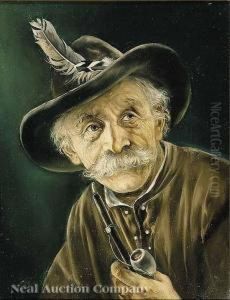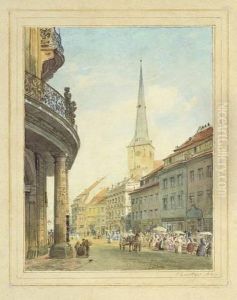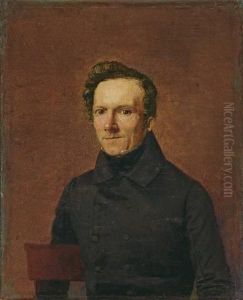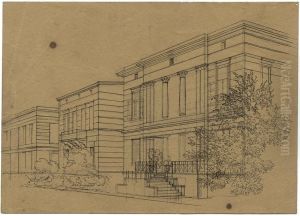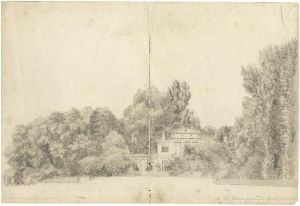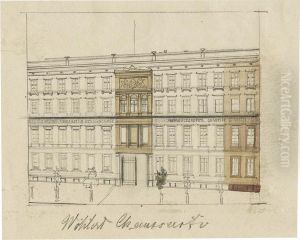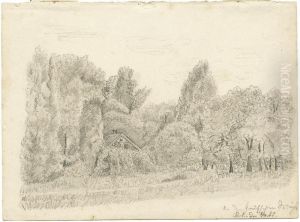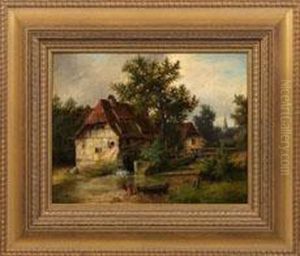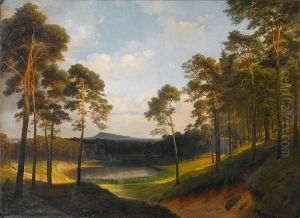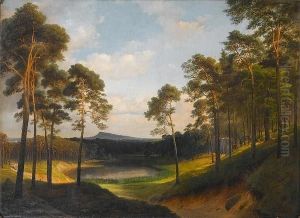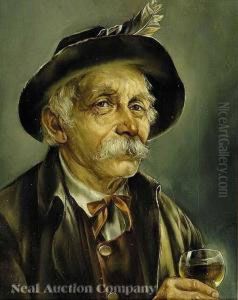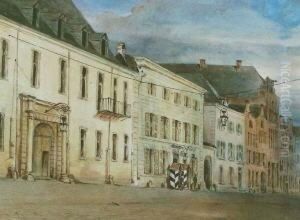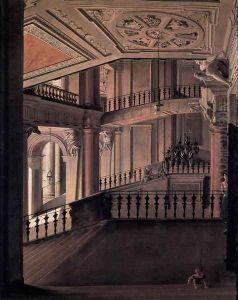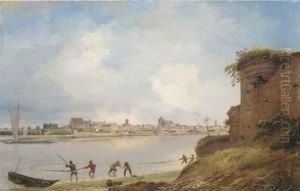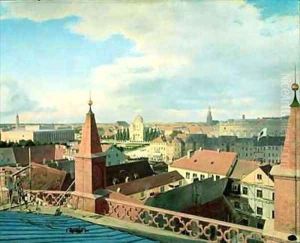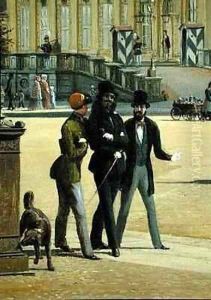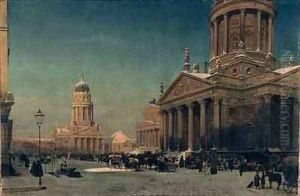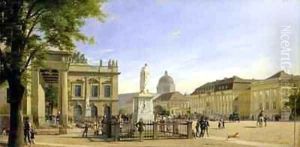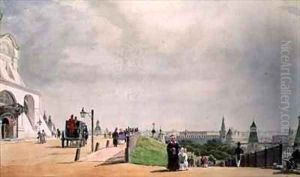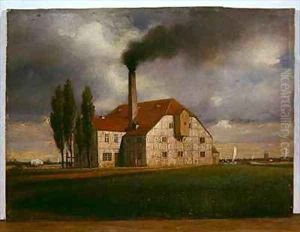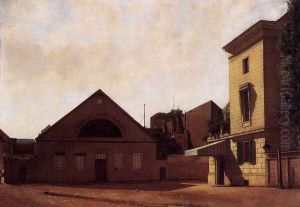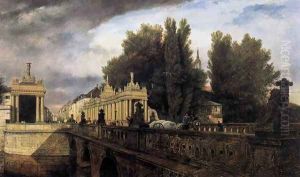Eduard Gartner Paintings
Eduard Gaertner, also known as Johann Philipp Eduard Gaertner, was a renowned German painter known for his detailed architectural and cityscape paintings. Born on June 2, 1801, in Berlin, Gaertner was the son of a tax collector. He showed an early interest in the arts and began his formal training at the Berlin Academy of Art in 1814.
Gaertner's education included studying under the architect and painter Karl Friedrich Schinkel, who had a significant influence on his style. Gaertner's early works were primarily architectural drawings, but he later transitioned to painting, focusing on the depiction of buildings and urban scenes.
In the 1820s, Gaertner embarked on travels through Germany and France, where he was inspired by the architecture and urban life of cities like Paris. His meticulous attention to detail and his ability to capture the play of light and shadow on buildings became trademarks of his work.
Gaertner's paintings often featured the streets and landmarks of Berlin, providing a valuable historical record of the city during the 19th century. His works were recognized for their accuracy and served as an important chronicle of the changing urban landscape, documenting buildings that were later altered or destroyed.
Throughout his career, Gaertner exhibited his work at various art shows and gained considerable acclaim. He became a member of the Berlin Academy of Art and received commissions from the Prussian court. Gaertner's work appealed to a growing middle class that was interested in art that depicted the modernizing cityscape.
Despite the popularity of his cityscapes, Gaertner also painted interiors, portraits, and landscapes. His paintings of interiors, often of the homes of the Berlin bourgeoisie, were praised for their detailed representation of contemporary life.
Gaertner continued to paint until his later years, leaving behind a significant body of work that contributes to the understanding of 19th-century urban life in Germany. Eduard Gaertner died on February 22, 1877, in Berlin. His legacy endures through his paintings, which are held in many public and private collections and are considered some of the finest examples of 19th-century European cityscape painting.
